I gave two presentations today at the All Schools Technology Day here in the Illawarra. I have not been to this conference for a few years now. I remember it was at one of these days that I discovered Comic Life. The weather was brilliant today. Superb. I met up with a great array of local education technology gurus that stretch way back the 1980s including Dennis Ross, Warren McCullough, David Emery, Neil McLaren and many others. We are all veterans of many education conferences including the amazing Apple Innovative Technology Schools Conferences. Neil and I were both part of the Interactive Multimedia Learning Laboratory at the University of Wollongong in its heyday.
The two presentations I gave were entitled Let’s Get Social and Cloud Toolkit for Educators. I gave one presentation directly after the other. I had to draw on energies within.
The key premise of the first presentation, Let’s Get Social, is essentially that education needs to take on social media and not head off in the other direction. Educators and education institutions need to act as exemplars in the application of social media. For example. the Gordon TAFE in Geelong has established a rich and informative presence within social media via its Twitter, Facebook, Flickr and YouTube Channels. The Gordon TAFE is an excellent example of how social media can communicate the successes, values and achievements of a world class teaching organisation. The Gordon TAFE is an excellent example of how social media can be deployed in education.
As well, there is the ToddyCats in Singapore. Here we have a group of biologists, students and lecturers reaching out to the general public to share their knowledge of the environment and local heritage via social media. This virtual connection extends to face to face meetings with the general public via heritage and environmental tours. The students are able to articulate their knowledge of their subject matter with a whole new audience, allowing the students to reprocess their conceptual view of their knowledge base and share it with the general public via the Toddycats web site and their associated blogs. As well, they also communicate with the general public when guiding. They effectively transform from students into teachers. This is certainly one of the most effective ways in which to master your subject domain.
Education should understand social media. Education should know social media. The Internet and social media should be part of the curriculum. Students should be provided with opportunities to learn the possibilities and scope of the Internet from a young age. The Internet is not well understood. It has a potential to achieve so much good for the community but this opportunity is largely being missed. Young people are using the Internet but they are really only just scratching the surface. They connect with friends via social media, sharing moments, planning events and reflecting on the day. This is fine but so much more could be achieved. Their emphasis is on the individual and not the community. Young people should have the opportunity to learn the stuff of the Internet. Young people should learn how to develop the skills to develop communities of practice on the Internet that forge positive outcomes for society.
Education should be an exemplar of how to harness the Internet and employ social media. Education organisations should avoid developing policies that effectively emphasise the Internet as something intrinsically evil. It is not. The Internet is not evil. It is simply the Internet. Education is the key to ensuring that the Internet is engaged by society in a positive, productive and beneficial manner. Education should provide a balanced view of the Internet. Understand the Internet. Do not judge the Internet. Do not just use the Internet but engage with it.
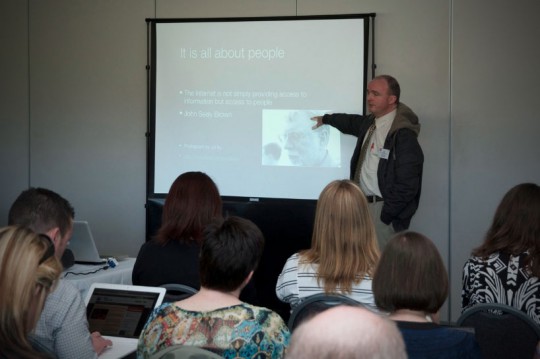
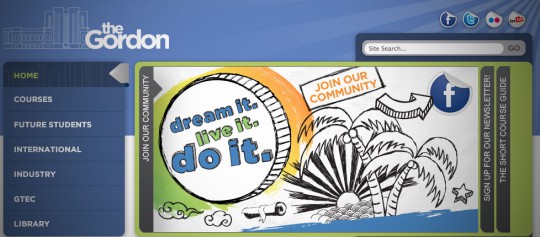
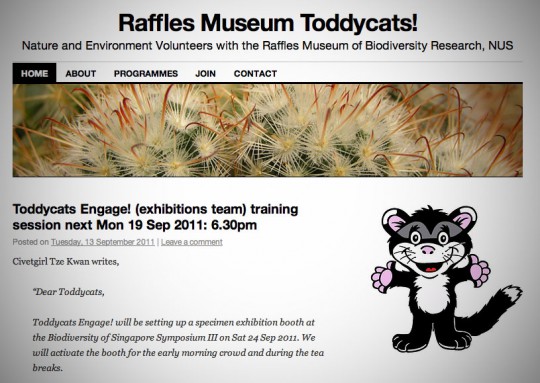
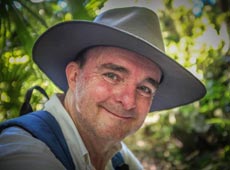






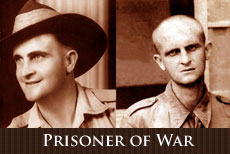
Sep 14, 2011 @ 10:06:01
John, Thank you for your presentations at the ASTD. You had some great ideas to share. It is wonderful to listen to someone who is so passionate about about student learning outcomes and how technology can be used to enhance these.